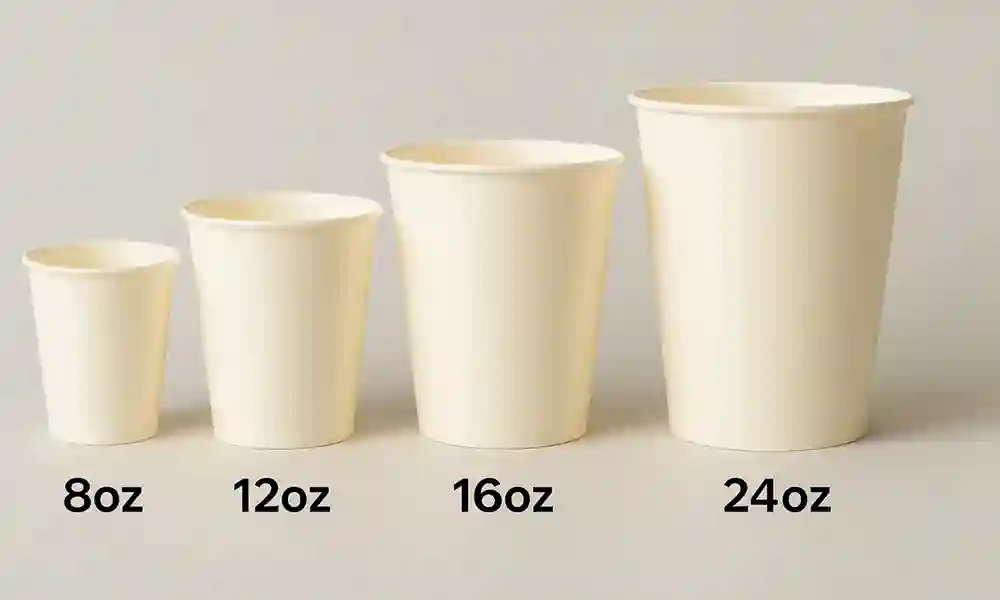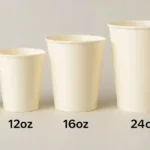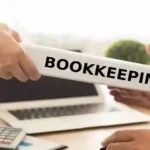Alright, let’s dive into the eternal kitchen mystery: how many oz is a cup. Honestly, it feels like the kind of question that should be easy—but somehow, in my family, it turns into a three-hour saga, complete with arguments over who gets to hold the measuring cup. I swear, these little things can make a simple pancake recipe feel like a calculus problem.
Understanding Cups and Ounces: The Basics
First off, let’s get the basics straight. A cup is a volume measurement, while an ounce—or “oz” for short—can measure weight or volume, depending on whether we’re talking fluid ounces or regular ounces. Confusing, right? I know, I thought my brain was gonna short-circuit the first time I realized that.
Fluid Ounces vs. Dry Ounces
- Fluid ounces measure liquids, like milk, juice, or syrup.
- Dry ounces measure solids, like flour, sugar, or even little chocolate chips (which I always try to eat before they hit the batter…don’t judge).
Here’s the kicker: 1 cup = 8 fluid ounces. Simple, right? Yet somehow, in my head, it’s always 9. Maybe I was dreaming of pancakes in some alternate universe.
Why Knowing How Many Oz Is a Cup Matters
I remember once I was making my grandma’s chocolate chip cookies. She just tossed ingredients “by feel” like a magician. I, on the other hand, needed exact measurements. Turns out, knowing how many oz is a cup saved me from baking a literal cement brick masquerading as a cookie.
- Perfect for baking precision.
- Makes scaling recipes easier.
- Helps when using American recipes abroad (because let’s face it, everyone’s measuring differently).
Honestly, I still think the most underrated kitchen skill is just not spilling your measuring cup everywhere. True story: spilled milk once while checking how many oz is a cup and my dog licked it up like nothing happened. No kidding.
How to Convert Cups to Ounces: A Step-by-Step Guide
Okay, let’s keep this practical. Here’s the straightforward method I use, even if I sometimes forget halfway:
- Identify if your recipe calls for fluid or dry ounces.
- Remember: 1 cup = 8 fluid ounces.
- For dry ingredients, you might need a scale. Usually, 1 cup flour ≈ 4.5 oz, but sugar is heavier.
Honestly, I have a scale that’s basically my kitchen therapist at this point. I just dump stuff on it, mutter about life, and get the number. Works wonders.
Quick Tips for Conversions
- Liquids: Always 1 cup = 8 oz. Straightforward.
- Flour: 1 cup ≈ 4.5 oz (sometimes 4.25 if you’re being extra fancy).
- Sugar: 1 cup ≈ 7 oz (yep, heavier than I expected too).
- Butter: 1 cup = 8 oz, which is exactly why my baking is butter-heavy and delicious.
I once tried to wing it with butter and flour, thought I was being clever…ended up with a dough that looked like moon rocks. True story.
Real-Life Examples of Using Ounces and Cups
Honestly, the best way to remember how many oz is a cup is just by using it. Here’s some real-life scenarios:
- Morning coffee: 1 cup = 8 fluid oz. Unless you’re me and you somehow manage to pour 12 oz and spill half.
- Pancakes: Recipe calls for 2 cups milk = 16 oz. I always double-check now because last time it turned into soup pancakes.
- Cake batter: 3 cups flour = roughly 13.5 oz. Yep, had a small flour avalanche once.
Fun Fact: Historical Quirk
Did you know the cup measurement wasn’t standardized until the early 20th century? People used “cup” based on whatever vessel they had handy. Imagine grandma in 1910 eyeballing a cup for cookies. I guess my flour disasters are kind of…historically authentic.
Tools to Make Measuring Easier
I remember my first measuring cup set—plastic, bright yellow, slightly warped. Felt kinda weird holding it. Now, I have a glass set with ounces marked. It’s life-changing. Seriously.
- Glass measuring cups: See the liquid level, easy to clean.
- Dry measuring cups: Flat-topped for leveling flour and sugar.
- Digital scale: When in doubt, weigh it. Saves mess.
Pro tip: I once wrote a paragraph by hand, then spilled coffee on it. Classic. Always have a towel nearby.
Converting Cups to Ounces for Baking
Baking is where how many oz is a cup really matters. One miscalculation and your cookies can be crunchy bricks or gooey puddles.
- Flour: 1 cup = 4.5 oz
- Sugar: 1 cup = 7 oz
- Butter: 1 cup = 8 oz
And yes, it still feels weird that sugar is heavier than flour. My brain always argues with that.
Why I Messed Up Once
One time, I was baking brownies. Recipe said 2 cups sugar (14 oz). I thought, “Nah, I’ll eyeball it.” Disaster. Brownies were literally edible glue. Moral: measure your ingredients, kids.
Liquids: The Easy Part
Liquid measurements are my favorite. It’s straightforward. 1 cup = 8 fluid oz. No guessing, no scale, no drama.
- Milk, water, juice, syrup—all simple.
- Fun memory: poured exactly 1 cup of orange juice once, then realized I was holding it upside down. Splash everywhere. Dog again? Happy.
Mixing Liquids and Solids
Sometimes recipes mix both. Pancakes are a classic example:
- 1 cup flour ≈ 4.5 oz
- 1 cup milk = 8 oz
- 1 cup chocolate chips ≈ 6 oz
I always triple-check here, or my pancakes turn into some unholy Frankenstein stack.
Odd Tricks and Hacks
Honestly, here’s a hack I picked up in my teen years:
- Fill 1-cup measure with water, pour into a 1-oz cup 8 times. You now feel the amount. Weird, right? But it stuck in my brain.
- For dry ingredients: scoop, level, and dump. Repeat. Precision matters if you care about your oven’s opinion of you.
Historical Quirky Side Note
Back in colonial America, cooks didn’t even use cups. They used “gills” and other odd units. Makes me feel slightly better about my occasional miscalculations.
Common Mistakes When Measuring
- Using a liquid cup for dry ingredients. It happens.
- Eyeballing instead of leveling. My pancakes still remember.
- Forgetting the difference between dry and fluid ounces. Yep, been there.
I once had a flour explosion while measuring 3 cups. Straight up wild. My kitchen looked like a snowstorm in July.
My Personal Tip
Always have a towel and a dog nearby. Both helpful in ways you wouldn’t imagine. And yes, I still check how many oz is a cup every time I bake cookies for my mom. Old habits die hard.
Visualizing the Conversion
I like to imagine:
- 1 cup = 8 fluid oz = my favorite coffee mug, kinda full.
- 1 cup flour = 4.5 oz = slightly less than half a chocolate bar by weight.
Makes it easy to remember. I even sketched it once in my notebook…then the cat walked over it. Artistic chaos.
Final Quick Reference Table
| Ingredient | 1 Cup = ? Ounces |
| Water/Milk | 8 fl oz |
| Flour | 4.5 oz |
| Sugar | 7 oz |
| Butter | 8 oz |
| Chocolate Chips | 6 oz |
Honestly, this table should be framed in every kitchen. Would’ve saved me a lot of flour avalanches.
Wrapping It Up
So yeah, that’s pretty much the gist of how many oz is a cup. Simple for liquids, trickier for solids, but totally manageable.
- Remember: 1 cup = 8 fl oz
- Dry ingredients vary by density
- Tools are your friend
And honestly, don’t stress too much. Spilling, miscalculating, and occasional dog-licked batter are all part of the journey. At least it makes a good story.
Wrote this article by hand. Then spilled coffee on it. Classic. But hey, now you know how many oz is a cup in a fun, slightly chaotic way.







